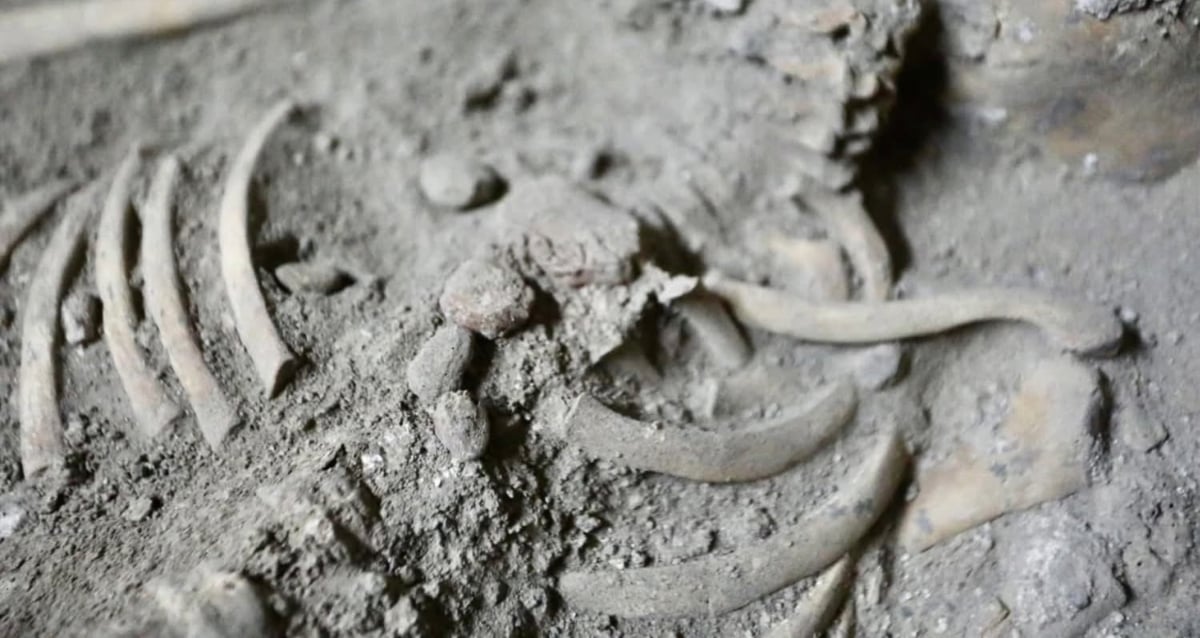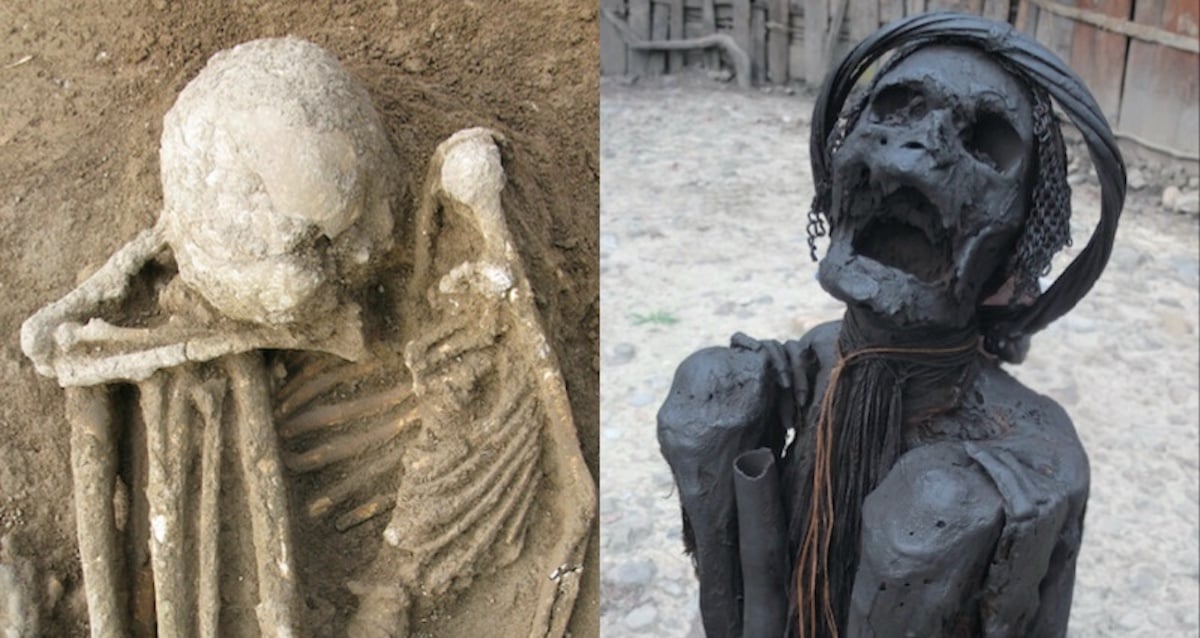“Mystery of the Ages: Ancient Remains of an Eight-Year-Old Discovered in Thai Cave—What Secrets Will They Reveal?”
After reading about Pangpond, dive into the story of Ötzi the Iceman, the Copper Age mummy unearthed in the Alps. Then, read about the Callao Man, the hobbit-like early human ancestor who lived 67,000 years ago.















